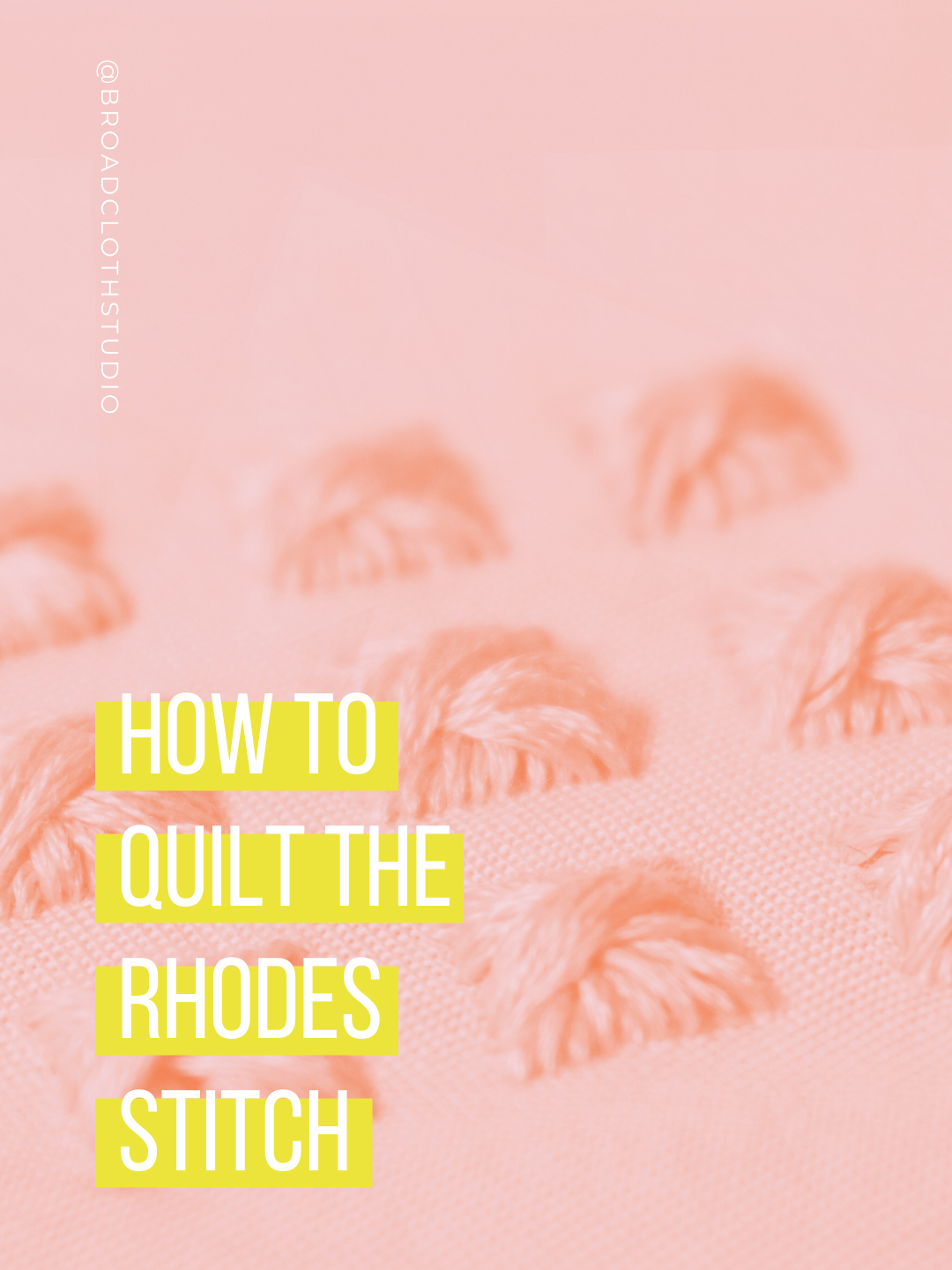Hand Sewing & Quilting Needles Guide
As someone who started off hand piecing and hand quilting everything, you’d think I’d have been well informed about what needle is best for what, but I’m a pretty lazy person and have been slowing using the same two packs of needles I bought over five years ago. It’s a crying shame is what it is.
But, no more! I’ve finally taken the time to understand this most fundamental of all sewing notions and have put together a cliff-notes version to save you the trouble of having to go down this rabbit hole (unless you want to, of course!).
There are dozens of different types of needles out there, hundreds when you take into account different sizes within the types! Some have fancy names, hinting at their original use (my personal favorite is Milliners), and some have names that are unhelpfully utilitarian (I’m looking at you, Sharps). Before I dive into which three I have in my hand sewing toolbox, let’s look at the qualities of a needle that make it better for some tasks rather than others.
Beyond quality of material and manufacturing, let’s talk about what differentiates one needle from another. It comes down to four defining characteristics: point, eye, length, and diameter.
Point: all needles aren’t sharp. Some needles, like those for Tapestry, Cross-Stitch, or Darning, have a blunt point. This is so that the needle doesn’t break or get caught in the fibers of the fabric (think of the canvas used in Cross-Stitch or the “fabric” of a sock’s weave). When it comes time for hand quilting or piecing, you want a sharp needle to pierce through the tight weave of quilting fabric with minimal amount of fuss or abrasion!
Eye: the size of the eye of the needle is something to keep in mind, especially when working with thicker threads for fun big stitch hand quilting! You always want use the right size eye for the size thread (yarn, ribbon, etc) that’ll you’ll be working with. Remember that any struggle to pull the thread through the eye of the needle will damage the thread (it may also drive you bananas). The name of the needle game is to reduce friction at every step, including the threading of the needle: don’t try to force a floss through the tiny eye of the quilting needle!
Length & Diameter: I think of these as one and the same because you don’t really get to pick and choose: they’re both tied to the size of the needle. The rule of thumb is that as the numerical size of the needle increases, the length and diameter get smaller. So, a size 5 Sharps is longer and wider than a size 12 Sharps. If that wasn’t tricky enough to remember, a Size 5 of one type of needle doesn’t correspond to a Size 5 in another (so a Size 5 Sharp isn’t the same size as a Size 5 Quilting). And, packing isn’t consistent in labeling: a package of 10 Sharps “5/10” means that you’re definitely getting 10 needles, but it could be a mix of five Size 5 and five Size 10 OR it could mean an assortment of needles ranging from Size 5 to 10. You’ll have to eyeball it!
So, what needles do you absolutely need to have in your hand quilting toolkit? If you’re just starting out, I would recommend the following two types of needles:
Sharps: these are a medium length needle and what I use if I’m hand piecing or hand binding. They come in a bunch of different sizes: the lower sizes (2-4) are better for medium/heavy fabrics, the mid range (5-10) are for light/medium fabrics, and the top numbers are best for fine fabrics. Generally, I’m a total Goldilocks and go for the “just right” middle size Sharp needle paired with a 40wt thread when doing “general” hand sewing. I like any assorted pack by John James or Clover, but I’ll honestly use any brand of sharps for general hand sewing (sometimes I’ll even use a longer Quilting needle in a pinch!).
Quilting: I like to think of “Quilting” needles (also referred to as “Betweens”) as tiny supercharged Sharps: the shorter length allows for quick even stitches. I usually like to use a longer Quilting needle (typically a size 7 or 8), but if I’ve been hand stitching a lot and am in good hand-quilting “shape”, I’ll use a size 10. When I’m hand quilting, I like to use a 28wt or 40wt thread (and I always pre-condition my thread with thread gloss or beeswax so it glides through the quilt sandwich with ease!). I like this assortment by John James.
If you’re looking to have some fun playing with thread weights (such as 12wt thread or floss), I’d suggest picking up a needle with a larger eye to accommodate the heavier thread. An embroidery needle is one option to try (they’re basically Sharps with a longer eye to allow for more strands of thread). For me, I’ve found a Sashiko needle works well. It’s sharp, it’s sturdy, and it’s easy to thread. I especially love the assorted pack from Clover as it has a bunch of sizes to play with. With these three types of needles, you’ll be set to tackle most hand sewing, piecing, and quilting that comes your way!
One more thing to mention: when you’re shopping for a new pack of needles, you’ll see “golden eye” needles that claim to be easier to thread because of the gilding. Perhaps it’s just a marketing gimmick (of course, they’re slightly more expensive), but I do find them reliably easier to thread (and easier to find when I’ve dropped one).
And if you have five minutes, I would HIGHLY recommend watching this video about how needles are made (did you know that they are made two at a time?!?! I didn’t!).








